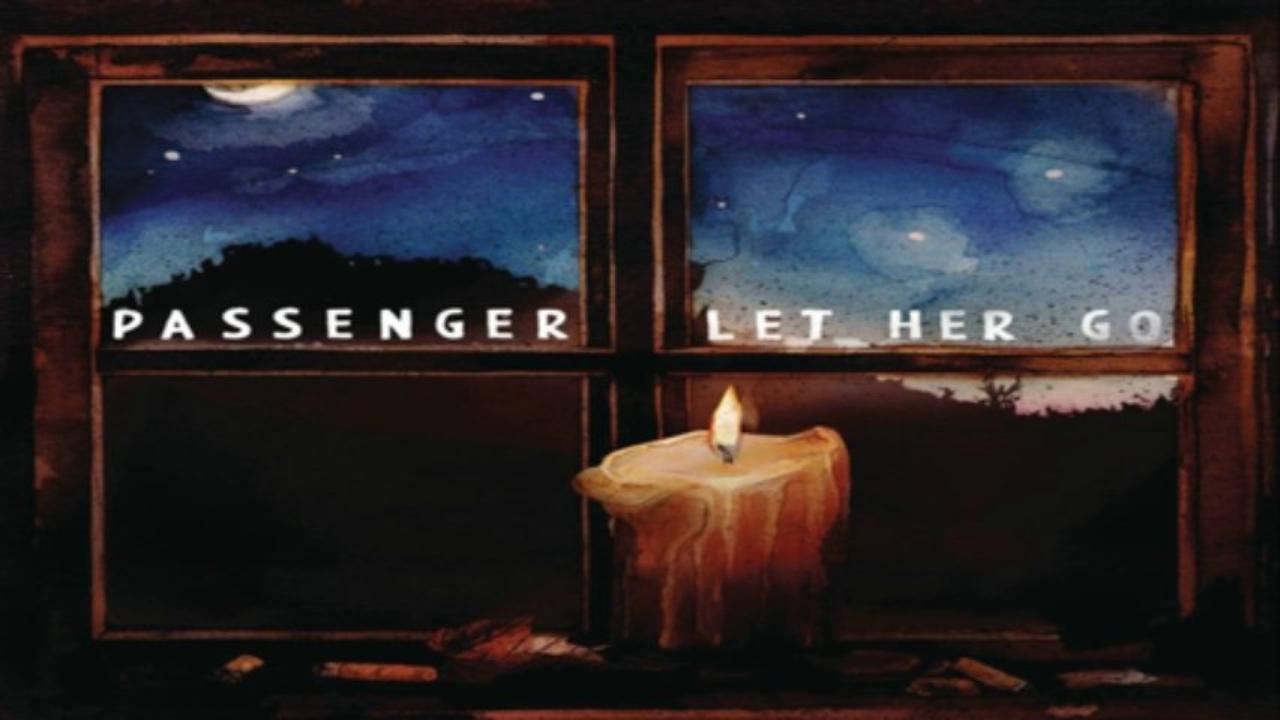
Therefore, a 10 dB sound is 10 times more intense than a 0 dB sound, a 20 dB sound is 100 times more intense, and a 30 dB sound is 1,000 times more intense. However, the decibel scale is logarithmic, not linear. To measure a sound’s frequency, we use the hertz (Hz).Įach time a sound’s decibel level increases by 10, its intensity multiplies by 10. To measure the noise level of different sounds, we use a measurement unit called the decibel (dB). Using this chart, you can be more aware of the noise levels that can cause hearing damage and protect your hearing. In this article, we’re using a comprehensive decibel chart of common sounds to compare different decibel levels. However, we may not always be aware of just how loud some sounds can be. The human ear is very sensitive and perceives even the smallest differences in sound intensity.
#PASSENGER BAND DECIBELS PRO#
Measure the Sound Level Around You With Decibel Pro App.Noise Level Chart and Maximum Exposure TimeĤ.1 Beware of the Noise Levels Around You.

They were short-lived and included only a few cars.Comprehensive Decibel Chart of Common Sound Sources The best candidates for pure train compositions were however, the DC trains introduced starting in the summer of 1973.

These colorful cars were seen mainly in express trains from Bremen, Osnabruck, Norddeich, and Dortmund to Munich and in the routing Basle – Hamburg.

Pure "Pop Car" trains were seldom achieved due to the small number of repainted cars. Chrome oxide green (RAL 6020) was used initially on a short experimental train, yet it was finally to serve as the identification color for baggage cars (Düm 902). There was no dominant unity on the type Bcüm 243 slumber coaches: Two ran with a window band in blue lilac (RAL 4005) and three with red-violet (RAL 4002). Seventeen dining cars (WRümh 132, WRüge 152, WLABümh 174, and BRbuümz 285) were given a crimson window band (RAL 3004). A cobalt blue window band (RAL 5013) served as a distinguishing feature on 85 cars in 2nd class (among others Büm 232, Büm 233, Büm 234, Bwümz 237, Bcüm 243, Bcümk 255, and BDüms 273). Blood orange (RAL 2002) was selected as an attention-getter for 26 cars in 1st class and 1st/2nd class (Aüm 202, Aüm 203, ABüm 223, ABüm 225, and ABwümz 227). The experimental character of the "Pop" colors was revealed in the variety of colors for the window bands.
#PASSENGER BAND DECIBELS WINDOWS#
All of the roofs on the cars gleamed in umbra gray (RAL 7022), the area under the windows was pebble gray (RAL 7032), and the underframe jet-black (RAL 9005). One hundred forty five express train passenger cars were delivered new or repainted in "Pop" colors. From 1970 to 1974, the DB experimented with the new colors. This color palette was supplemented by a decorative stripe in the same color above the window area at the roof edge as well as directly above the lower edge of the car. The main colors from which to choose for the window band were dark blue, dark green, orange, and crimson. Now a paint scheme was to have a friendlier, more modern effect with a colorful window band and beneath it a light gray stripe. "Pop Cars" of the DB At the end of the Sixties, the German Federal Railroad had a new color concept developed, because up to that time locomotives and cars were painted exclusively in single colors. Total length over the buffers approximately 142 cm / 55-7/8". The type Aüm car has built-in marker lights and a pickup shoe. The 73407 marker light kit can be installed on all of the cars. Maintenance-free, warm white LEDs are used for the lighting. The dining car also has lighted table lamps. All of the cars have factory-installed LED interior lighting and operating current-conducting couplers. The trucks have conventional brake shoes and separately applied generators. The underbodies are specific to the car types. Model: The minimum radius for operation is 360 mm / 14-3/16".

All of the cars include factory-installed LED interior lighting.Car routing of the Swiss Express D 370 from Basle SBB to Lübeck.One type Düm 902 passenger train baggage car in chrome oxide green / gravel gray, two type Büm 234 compartment cars (2nd class) in cobalt blue / gravel gray, one type WRümh 132 dining car in crimson / gravel gray, and one type Aüm 203 compartment car (1st class) in blood orange / gravel gray. Version around 1972 in an experimental paint scheme, the so-called Pop Design, with the car routing of the Swiss Express D 370 from Basel SBB to Lübeck. Prototype: Five German Federal Railroad (DB) express train passenger cars.


 0 kommentar(er)
0 kommentar(er)
